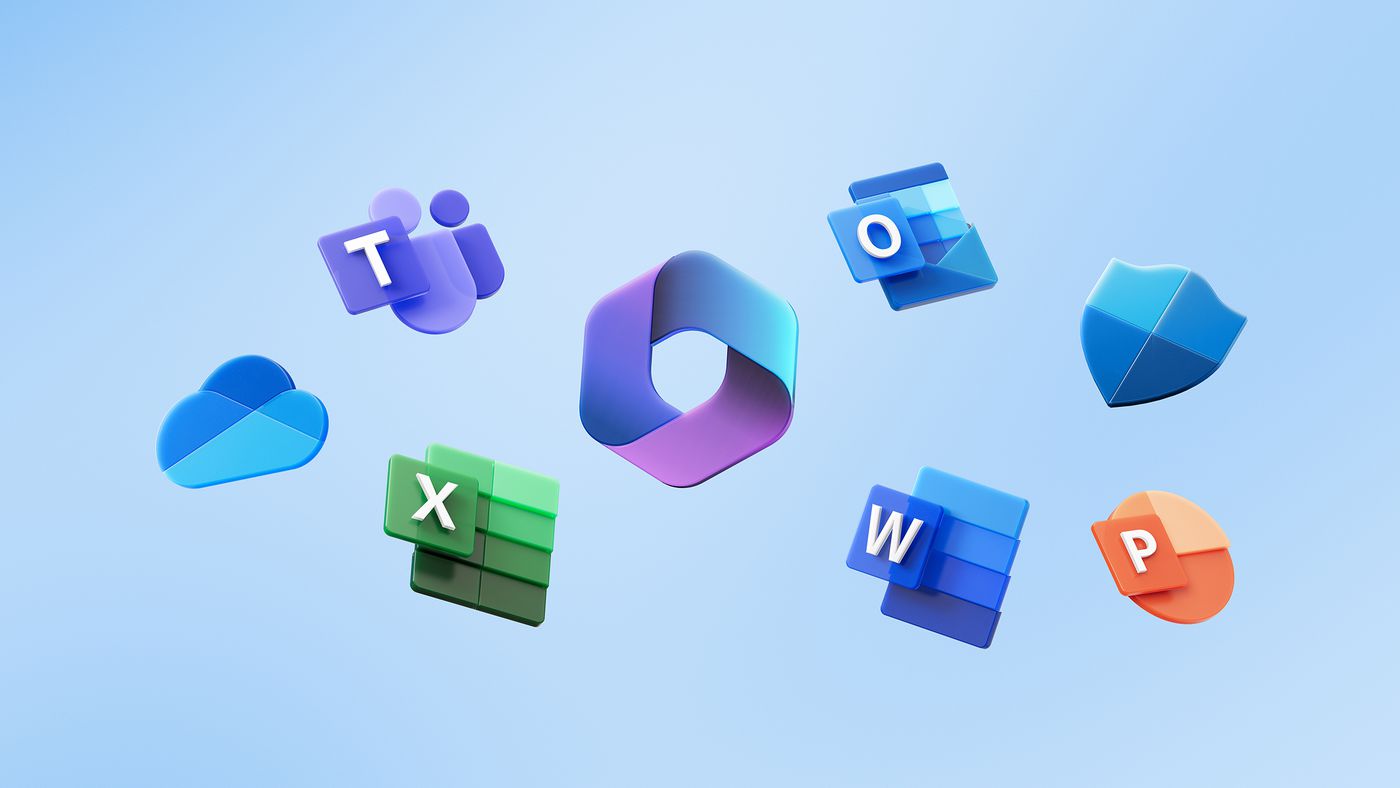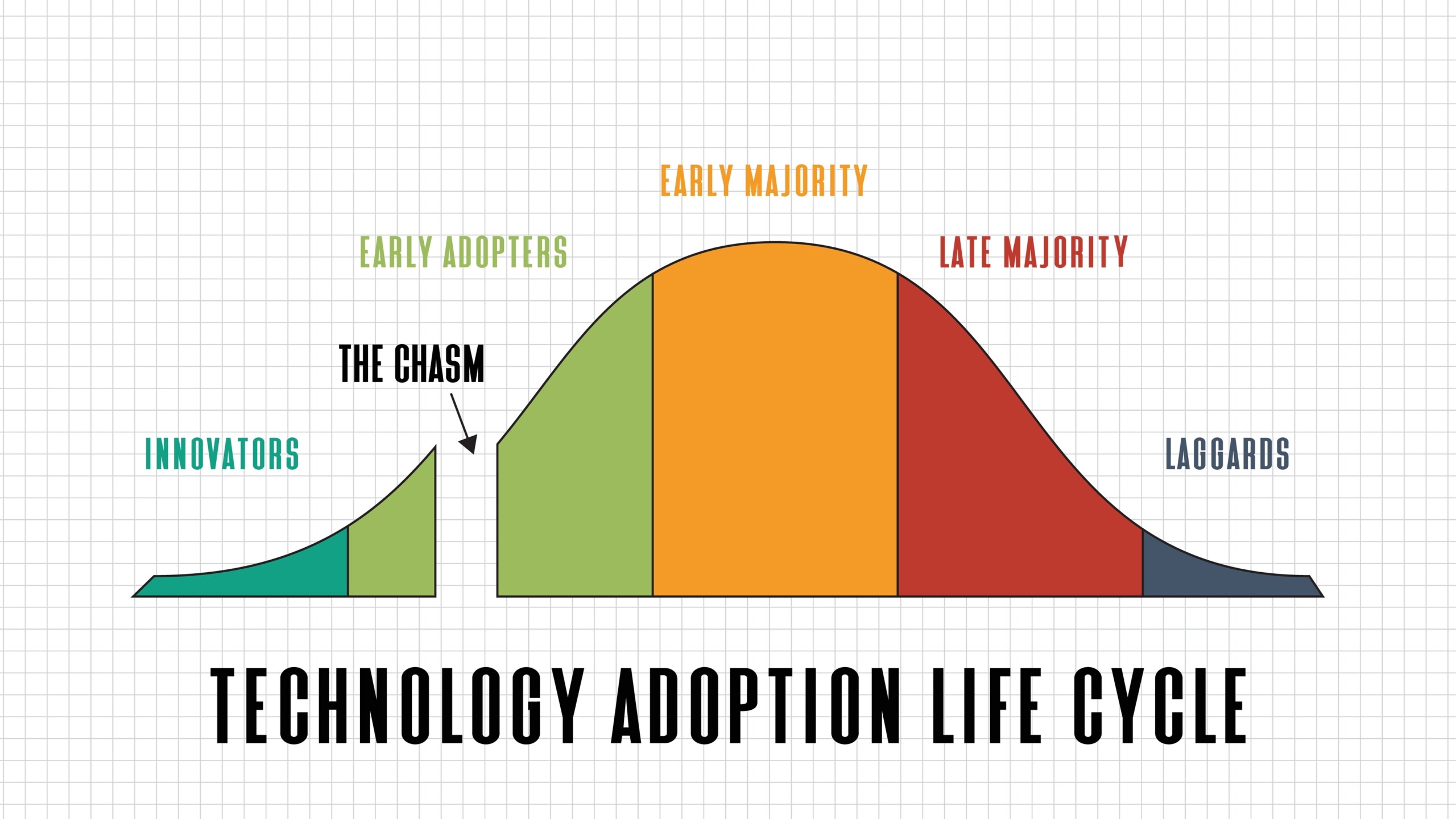
Published October 2023
In this blog Mark Ramm explores how maximising Microsoft 365 from the days of perpetual licensing to the subscription model, has changed the buyer’s journey.
Seven years ago, I left the Information Technology and Communications industry and moved into an industry I knew nothing about – superannuation. I loved my time with QSuper and it made me fall in love with learning again, however two years I got pulled back into the world of tech and I am so glad I did because I have thoughts that I want to share.
There have been many lessons that we have taken away from COVID, and the level of disruption experienced to our ways of working. Many hard conversations had to happen and at many levels of the Value Chain, to shift or fold services. The most successful ones were able to reframe their value proposition and adjust their mindsets to continue delivering their promise.
For almost twenty years the industry has been pushing and paving the way for a more digital and ubiquitous platform to do business in. There are plenty of examples where a “disruptor” came into the market. These digital disruptions changed the playing field forever -the iPhone, Netflix, the App Store, iTunes, and YouTube just to name a few.
Since the birth of the App Store, I have never consumed so many applications, many of which are free. However, there are more applications I have chosen to pay for – either outright or through a subscription model. Based upon a perceived value proposition of benefits and gains.
The biggest hurdle for most companies isn’t about not “wanting” the fancy new stuff in their kit. It is in evaluating and or scrutinising the spend when it comes to advancing the “cause”. Be it from investing in a technology stack or its’ people. In this blog I am going to explore how maximising Microsoft 365 from the days of perpetual licensing to the subscription model, has changed the buyer’s journey.
Microsoft 365 has long been a cornerstone of business technology, providing a comprehensive suite of tools for productivity and collaboration. Over the years, the way companies license and leverage these offerings has evolved significantly, impacting not only technology management but also the overall employee experience. Below I break down the transition from the perpetual licensing model, its pros and cons, the shift to subscription-based models like the usual suspects of frontline, business and enterprise, and the imperative for companies to consider their technology decisions in the context of the employee experience and financial implications.
Part 1: The Perpetual Licensing Model
The traditional Microsoft licensing model offered businesses the option to purchase perpetual licenses for software like Microsoft Office. With the purchase of a perpetual license, organisations would own the software indefinitely, with the “option” to acquire Software Assurance for additional support and version updates.
Pros:
- Long-Term Cost Predictability: Perpetual licensing allowed businesses to budget for software expenses over several years without the recurring subscription costs.
- Version Control: Companies could choose to stick with a specific software version for an extended period, avoiding the frequent updates associated with subscriptions.
- Investment Protection: The perpetual model ensured that investments in software would remain relevant for many years without necessitating policy changes.
Cons:
- Upfront Costs: The initial investment for perpetual licenses could be substantial, making it less accessible for smaller businesses.
- Limited Flexibility: Staying with older software versions could hinder the adoption of new features and capabilities.
- Security and Compliance Risks: Outdated software might expose businesses to security vulnerabilities and regulatory issues.
Part 2: The Subscription Model (F1, F3, F5, E1, E3, E5)
Microsoft 365 has shifted to the subscription-based model with many options for serving different elements of our social constructs. This model offers users access to the latest software versions and cloud services for a recurring fee.
Pros:
- Frequent Updates: Subscriptions provide immediate access to the latest features, security patches, and updates.
- Scalability: Businesses can easily add or remove licenses as needed, providing flexibility for growing or downsizing teams.
- Cloud Integration: Cloud services and collaboration tools are seamlessly integrated, promoting productivity and remote work.
- Cost Spreading: Subscriptions typically have lower upfront costs, making them more accessible to a wider range of organisations.
Cons:
- Ongoing Costs: Subscriptions entail continuous, recurring expenses that can accumulate over time.
- Dependency on Microsoft: Organisations are reliant on Microsoft’s service availability and policies.
- Migration Complexity: Transitioning from perpetual to subscription-based models may require careful planning and change management.
Part 3: Prioritising Employee Experience and Financial Considerations
Today, it’s imperative for companies to consider the impact of their IT decisions on employees’ experiences. Frontline employees rely on quick access to information, seamless collaboration, and automated processes. Microsoft 365’s subscription model can enhance these aspects by ensuring the availability of the latest tools and services.
Considerations:
- Employee Experience: Subscriptions enhance productivity and collaboration, which can positively impact frontline employees’ efficiency and job satisfaction.
- Total Cost of Ownership: Subscription models may offer lower TCO, considering the reduced upfront costs and increased efficiency.
- Return on Investment: A subscription model can facilitate quicker ROI due to improved productivity and streamlined processes.
- Training and Adoption: Businesses should invest in training and change management to maximise the benefits of the subscription model.

Like what you see?
In conclusion, the transition from perpetual to subscription-based licensing models in Microsoft 365 represents a significant shift in how businesses acquire and utilise technology. This change comes with its own set of advantages and challenges, which must be carefully weighed against the needs and goals of the organisation. Prioritising employee experiences, considering TCO and ROI, and making well-informed technology decisions are crucial steps toward maximising the potential of the Microsoft 365 ecosystem in today’s business landscape.
Come chat to us if you want to know more.
Get in touchAbout the author
Mark Ramm is a Consultant at Engage Squared, and for the past year has been working closely with commercial and public sector clients to maximise their existing investment within the Microsoft 365 platform. Modernising their digital platforms to improve adoption, collaboration, productivity and effectiveness of their employees. Whilst focusing on their overall experiences around new ways of working.
Mark is based in Brisbane, Queensland where he lives with his wife, daughter and fur baby – a labradoodle named Willow. In his free time, he teaches Tae Kwon Do to children and adults alike, playing Dungeon & Dragons with his daughter, or enjoying his weekend with his wife and Willow at the off leash dog beach, near Scarborough.


